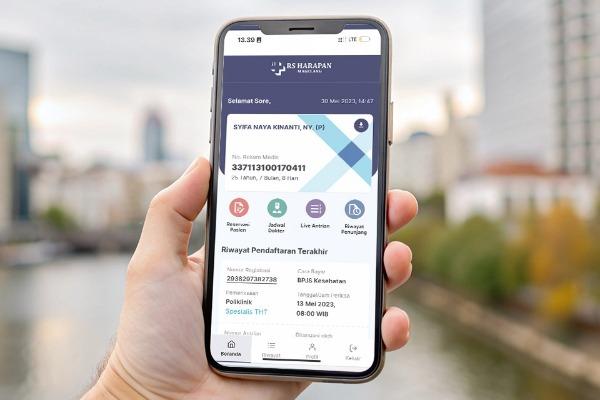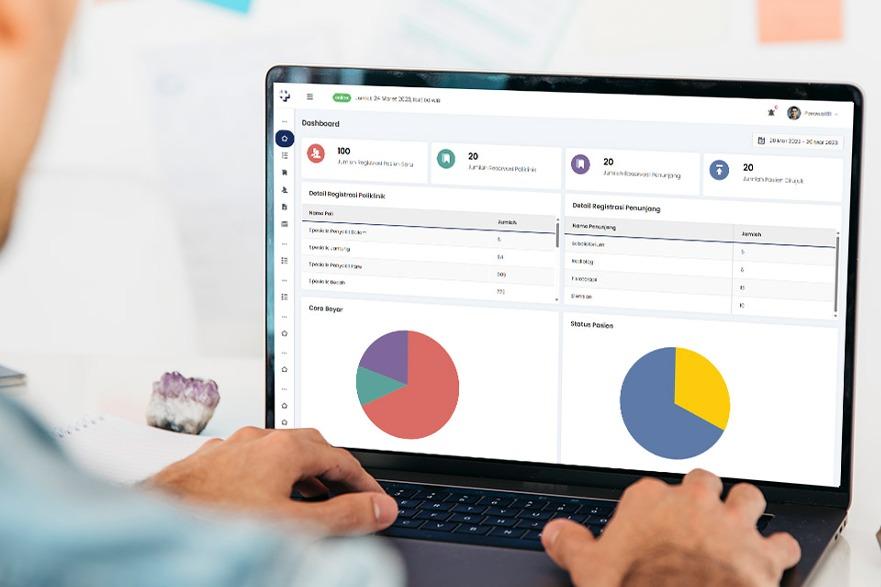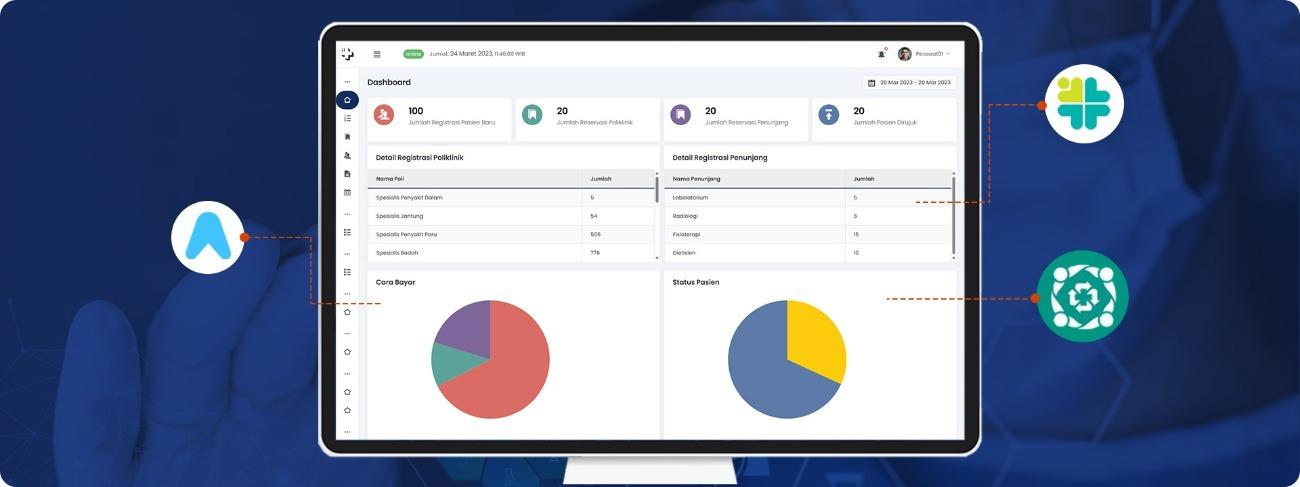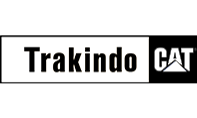Client Background
Rumah Sakit Harapan is a private hospital in Magelang officially established in 1992, with its vision to become a hospital with the best service in Magelang. This hospital continues to run its business with the guidelines of providing caring and humane professional services based on advanced science, organizing a trusted hospital information system, building services that meet standards, and forming competent and ethical human resources.
Rumah Sakit Harapan has qualified human resources and quite complete services ranging from 24-hour emergency services, Home Care, Outpatient, and Inpatient services, as well as various other supporting facilities such as Laboratory, Radiology, Physiotherapy, and others. In line with its business development, the hospital continues to be determined to fulfil facilities and infrastructure, including the development of a hospital information system that meets standards, is reliable and can be a reference for other hospitals.
Objectives & Solutions
The hospital information system previously operated by Harapan Magelang Hospital has become outdated over time. The desktop-based application that once succeeded in its time is now out of date. Business needs that are increasing day by day, the times that demand the renewal of information systems that are more modern and can be accessed online, applications that are compliant and integrated with systems made by the government, are a few reasons to modernize the current hospital information system.
Our team had captured all the needs and requirements at the beginning of the meeting. It was not an easy process, as we had to develop a new information system in parallel with the current information system. We must provide a data exchange system in the form of Restful API and be able to exchange data reliably when integrated.
The solution we provide is continuous development, starting from the development of eMR sub-applications for Outpatient installations, online registration and queuing systems, eMR emergency installations, eMR in inpatient installations, as well as logistics, billing and accounting sub-applications. Development involving the integration of 3rd parties is carried out in parallel along with the development of ongoing sub-applications. With the presence of this solution, we hope that the information system we have created can become a standard reference for hospital information systems in Indonesia.

Patient Registration and Online Schedule Booking
The patient registration module and online schedule booking is accessible on the web page so that patients do not have to bother coming to the location before visiting. BPJS patient data is automatically integrated in the form filling. The convenience of medical visits, even without the need to carry various cards because patient registration information is stored in a QR Code.


Self Service Platform and QR Code Check-in Module
The self-service platform is provided to facilitate patients to check-in after registration, or to serve patients who book directly on the day of visit. The self-service platform has the ability to store and access patient finger prints, generate SEPs for BPJS patients, and print admission queue numbers.


Patient Call Monitoring Screen
The patient call monitoring screen is customizable and adapts to the needs of the various installations available. The type of monitoring can be set according to the installation, namely the monitoring screen at Admissions, nurses, doctors, pharmacies, laboratories, and other supporting services.


Complete eMR Sub-Application
The medical record sub-application is made complete for various installations including eMR emergency department installations, outpatient installations, and inpatient installations. eMR is also made in reference to the International Classification of Procedure Code 9 and 10 (ICD 9 and ICD 10). Integrated Nursing Care refers to SDKI, SLKI, and SIKI standards. drug catalogue refers to KFI (Indonesian Pharmaceutical Dictionary), and naming of lab and radiology actions refers to LOINC standards.

Easy and Modern User Interface
User interfaces are made intuitive and as easy as possible to understand and operate by different types of users. Dashboards are presented specifically according to the needs of each type of user. Navigation settings and access rights can easily be set through the backoffice module, even certain columns that want to appear on a page can be easily set by each user.


Complete 3rd Party Integration
The API integration or bridging is built completely, following the standard rules set by the Ministry of Health and BPJS. There are various types of bridging connected to this application. Antrol (online queue), VClaim, ApliCares, iCare JKN, and eClaim / InaCBG are the various types of bridging with the BPJS server. Satu Sehat and Sisrute are types of bridging with the Ministry of Health server. In addition, integration with the Jurnal.ID API is made to make it easier for Jurnal ID accounting software users to integrate their data, to present the reports needed.

Logistics, Billing, and Accounting
Comes with logistics, billing and accounting sub-applications as an information system that enables the organization to automate and integrate its main business processes, as a healthcare provider. With its complete set of sub-applications, all business processes run end-to-end in one large application. Processes ranging from budgeting, PO issuance, bill payment, stock monitoring, to the presentation of reports can run well.


Our Clients

















Over 10 years of delivering the best work and still continuing!


 Back to Our Works
Back to Our Works
